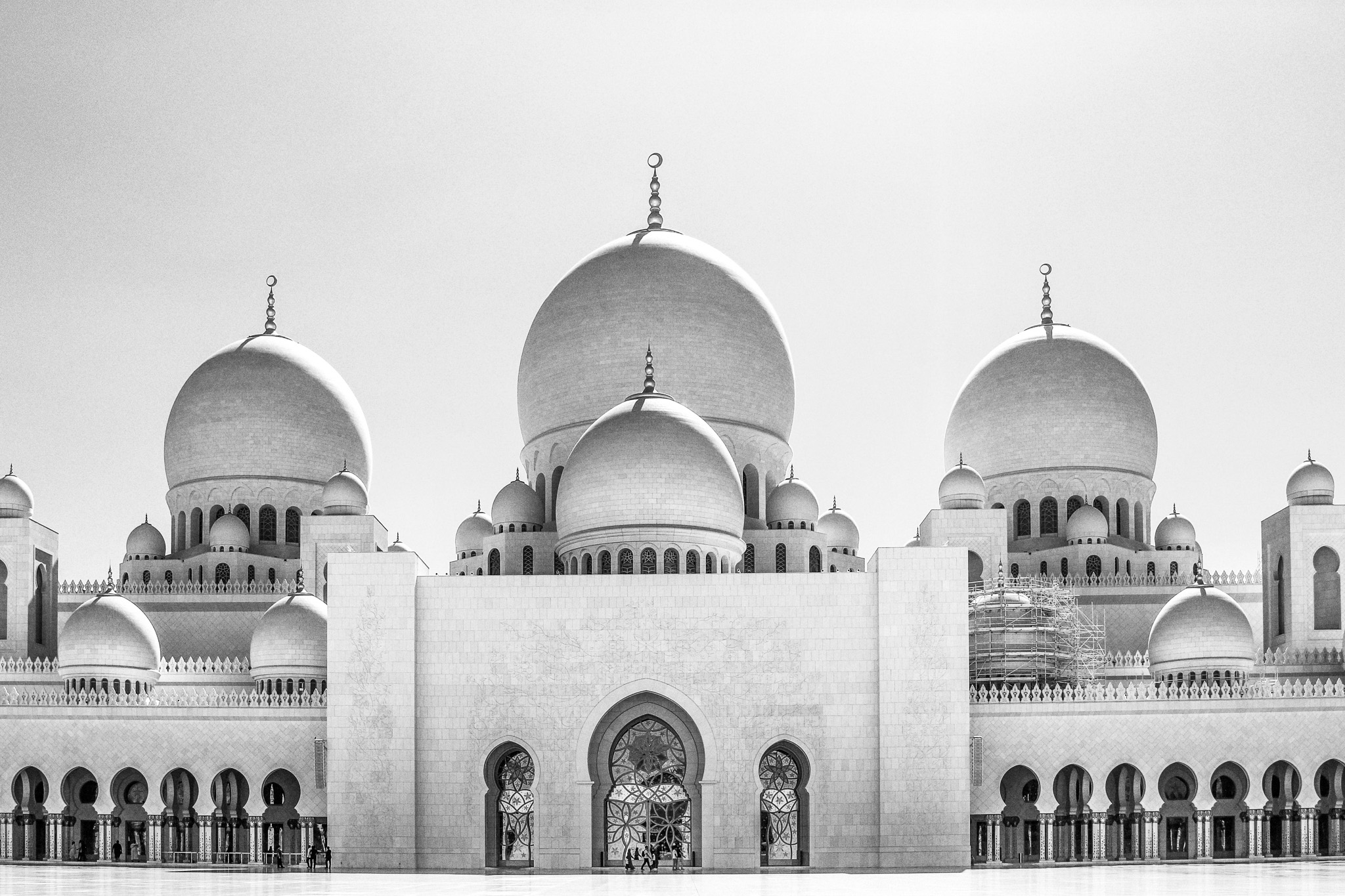The Marble of Kings
The ‘Land of Kings’ – Rajasthan – encompasses a diverse and wide-ranging series of landscapes. As the dramatic yet unforgiving Thar Desert gives way to lush national parks with their rich array of flora and fauna, this is a land of contrasts; thriving tiger reserves juxtaposed with the historic remains of the archaic Indus Valley Civilisations, and a society that has been thrust into modernity while managing to hold on to the rich tapestry of its past. Rajasthan represents the best that India has to offer.

The Undeniable Jewels
One of the undeniable jewels in the precious crown of Rajasthan lies nestled within the Aravalli mountain range, surrounded by stunning marble outcrops which have long since provided humanity with some of the finest stone on earth. This jewel is called Makrana.
The town of Makrana is the central focal point of a tehsil (administrative area) that encompasses over 130 villages and a considerable rural population. Many of the tehsil’s inhabitants flock to work in the traditional mining and stone-working industry that dominates life in Makrana. The marble that is mined here, in some of the oldest mines in India, is more than just a means to make a living. It is a way of life; a living, breathing aspect of a thriving cultural heritage that has come to define the lives of those who have dedicated their lives to it; from those who extract it from the earth to the Ustaji master craftsmen who oversee the transformation of the stone.

A Marbleous Town
Nowhere else will you find a place which is more synonymous with its produce. The town of Makrana was founded by artisans who were ready and willing to devote themselves to the extraction, production, and stonemasonry necessary for the creation of the Taj Mahal, one of the wonders of the world. Makrana is built on a foundation of marble, both literally and figuratively.
It may come as a surprise then, that while the Makrana marble is famous throughout the world, the story of its production and that of the region that remains respectfully dedicated to it, is largely unknown. Makrana is one of India’s best-kept secrets; a treasure that is hidden in plain sight, a people who have changed the world for the better, in a quiet, humble way that reflects everything that is noble and honourable about this extraordinary place.

One True Legacy
One of the most compelling aspects of the Makrana story is the mystery surrounding its legacy. Records do not exist to completely catalog the use of Makrana marble, but we do know that its use has been widespread.
Both the Mughal Empire and the British Empire had rich traditions of exporting resources across the vast realms that they ruled over. We may never know the true extent of Makrana’s use, but legend has it that this beautiful stone graces many of the most prestigious buildings in the world. Here, The Taj Mahal and Victoria Memorial may be the most famous uses of Makrana marble, but it has also been used in many other historical monuments, such as the Sheikh Zayed Mosque (Abu Dhabi), Moti Masjid (Lahore), New Parliament Building (Kabul), Mazar- e-Quaid (Karachi), The White House (USA), Buckingham Palace (England), Hagia Sofia (Turkey) and the Sydney Opera House (Australia).
As a reflection of this legacy, Makrana marble has been awarded Geographical Indication status. This status is assigned to agricultural, natural, or manufactured goods that originate from a definite geographical territory and have a special quality or reputation. This prestigious status grants legal protection and ensures that the name ‘Makrana’ can only ever be applied to genuine marble from the Makrana mines, sourced from one specific region and produced in the local area. This ensures that those who seek to use Makrana marble in their projects – whether architectural or artistic – can be sure that they are sourcing genuine Makrana.